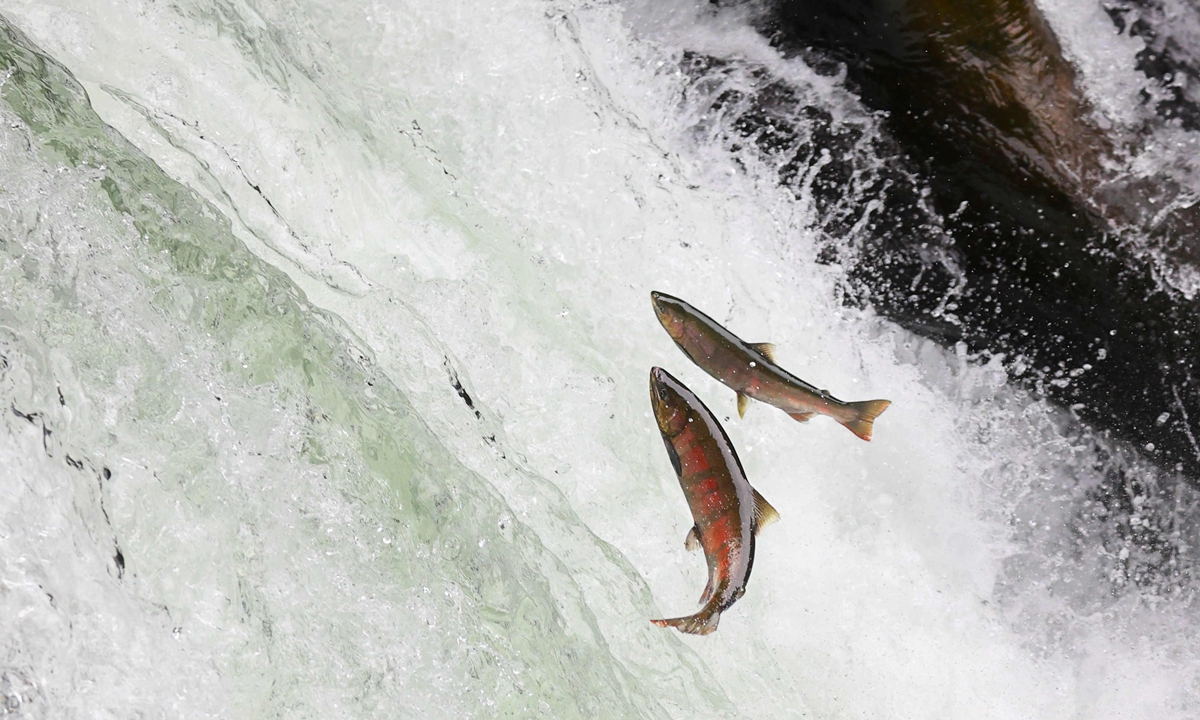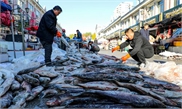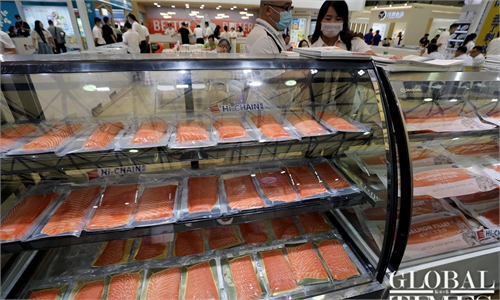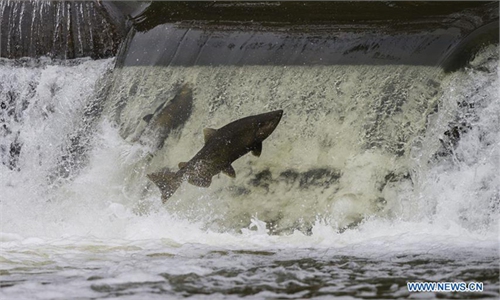Captive-bred salmon in wild may do more harm than good
Captive-bred salmon in wild may cause harm
Releasing captive-bred Atlantic salmon into the ocean, a long-standing practice to boost stocks for commercial fishing, reduces the rate at which wild populations reproduce and may ultimately do more harm than good, researchers cautioned on Wednesday.

"We have also shown that - in years where you have a greater input from captive-bred Atlantic salmon - the ability of the population as a whole to produce more wild-bred fish is reduced in subsequent years," lead author Ronan James O'Sullivan, an evolutionary biologist at University College Cork, told AFP.
It has long been assumed that wild and captive-born fish were "ecologically equivalent," but the new research shows otherwise.
Fish reared for any period of their life in an aquaculture environment, it turns out, somehow change compared to their wild counterparts.
"You are not replacing like with like," O'Sullivan said by phone.
"What is really worrying is that, with an increased proportion of captive-born spawners, a population's productivity" - the rate at which it reproduces - "declines linearly."
"That means that when you have a healthy, self-sustaining population of salmon, there is no level at which it is safe to stock fish," he added.

Masu salmons swim up Sakura Falls, a roughly 3-meter-high waterfall, on the Shari River during the peak of the salmon run in Kiyosato, Hokkaido Prefecture, northern Japan on August 10. Photo: VCG
On average, salmon born in hatcheries in Ireland's Burrishoole catchment only produced a third as many offspring in the North Atlantic compared to wild fish, according to a study in the Royal Society's biological research journal Proceedings B."We have also shown that - in years where you have a greater input from captive-bred Atlantic salmon - the ability of the population as a whole to produce more wild-bred fish is reduced in subsequent years," lead author Ronan James O'Sullivan, an evolutionary biologist at University College Cork, told AFP.
It has long been assumed that wild and captive-born fish were "ecologically equivalent," but the new research shows otherwise.
Fish reared for any period of their life in an aquaculture environment, it turns out, somehow change compared to their wild counterparts.
"You are not replacing like with like," O'Sullivan said by phone.
"What is really worrying is that, with an increased proportion of captive-born spawners, a population's productivity" - the rate at which it reproduces - "declines linearly."
"That means that when you have a healthy, self-sustaining population of salmon, there is no level at which it is safe to stock fish," he added.




